Cuban cigars are, for anyone buying them outside of Cuba, expensive. Once you buy them, they require proper humidification and care. When you choose one to smoke, you need to be sure to cut it properly, not taking off too much from the cap so that the cigar draws properly, but doesn’t begin to fall apart. Then, you light it. You are diligent about ‘toasting’ the cigar, not letting the flame touch the cigar itself, simply letting the heat set a ring of fire around the foot of the cigar. Once all that is done, you take a slow first puff. Then you look at the lit end to make sure you’ve got it going properly. That’s how you prepare a Cuban cigar.
Wait. That’s how you prepare ANY premium cigar to be smoked. That said, there are special considerations in smoking a CUBAN cigar. It’s useful to apply these steps to every cigar.
Examination
My experience with Cuban cigars over many years of smoking them is that they can be wildly inconsistent. Is there any way to tell if a Cuban cigar will smoke correctly? First, examine the cigar.
Wrapper Inspection
Check the wrapper for discoloration and smoothness. If the cigar has a lot of veins from the tobacco leaves in it, there’s a higher chance it will not burn evenly and the flavour could be affected. If the wrapper shows some dark spots, these are usually the result of over-humidification of the leaf. Too many of these spots could make the cigar taste too young and dry. White or green spots are not of great concern as the first is a result of direct exposure to the sun and the latter that the chlorophyll didn’t change colour. It’s not moulds.
This inspection is useful with respect to any cigar, but with Cubans it’s especially valuable as cigars in one box too often vary in colour from one another. You really want a box in which all the cigars are identical in appearance within a small margin of error. This is not generally a problem with non-Cuban cigars.
Under Pressure
Again, a test to apply to all cigars, but especially Cuban ones, is rolling it just below the head between your thumb and forefinger. Begin gently and increase pressure only a little. Squeezing too hard can crack the wrapper. If the cigar seems hard, it could be a result of not being humidified properly, but more than likely the issue is bad construction. Your cigar could be ‘plugged.’ That means there’s a knot of tobacco that will block the flow of smoke when the cigar is being smoked. That’s been a historical problem in Cuba’s production over many years. Can you fix that? Maybe. I’ve taken a long pin and pushed it through the knot. Occasionally, with larger ring gauges, I’ve used a wooden match and even a meat skewer. This is not an ideal solution, but it has worked sometimes. Still, I’ve found that plugged cigars usually don’t burn all that well.
Damage Control
You’re in a Cuban cigar shop in, say, London. Most of the reputable shops maintain their cigars in tip-top condition. Still, some cigars can suffer from too much handling. Cigars are fragile. Check the cigar you want to buy for rips in the wrapper. Check the foot (the end you light) for expansion. If the foot has ballooned or become bulbous, that’s a clear sign that it’s gotten too much moisture in it. Don’t bother with that cigar.
Cut
In most cases, you want to cut a cigar so that you take off only the cap, that little piece of tobacco that is adhered to the puffing end of the cigar. With Cuban cigars, most of them are triple-capped on flat-headed cigars. That means there are three seams. It’s a little more than on a lot of non-Cuban cigars. Still, I’ve found that you have to be extra careful with cutting Cubans. The seam and the wrapper are often very delicate. Cut right at the seams of the triple-cap. If the draw is too tight (see below), you can always cut a little more.

Light Up
Once you’re satisfied your Cuban cigar is in good shape, light it. You can use the method I described above, but if a cigar is rolled properly, it has self-correcting powers. What I mean is that even if you use a torch lighter and puff as the flame hits the tobacco, the well-made cigar will burn evenly after a few puffs because the long-filler inside the binder and wrapper have been properly bundled. By the way, when I’m sitting down and relaxing, I do light my cigar the slow way. When I’m at a cigar event or outside, I am less patient and rarely suffer from canoeing (when a sort of tunnel or bay forms on the cigar as it burns unevenly) if the cigar is constructed well. Even if it does canoe, it’ll usually straighten out if well-made.

Draw
Experience will guide you, but some Cuban cigars actually have a loose draw. That means that smoke is traveling through very easily. That can be as problematic as a tight draw, where it’s difficult to get smoke to come through. In either case, you can adapt. With a loose draw, possibly caused by a roller who didn’t bundle tightly enough, you want to puff lightly on the cigar. With a too-tight draw, you might want to cut a little more into the head of the cigar to create a larger exit for the smoke. You’ll know and you’ll be able to adjust.
Taste
Far too often, Cuban cigars these days are not aged long enough before they go to market. They are too young. The most common effect is a “vegetal” taste when you first puff on it. This is a taste of hay or grass. Sometimes you can get past that in a few minutes, but the best thing to do is wait at least three months, store your cigars properly, and try again. This should help round out the flavour.
Relighting
I have trained myself to be a slow smoker. I try to take at least 30 seconds between puffs. I find this helps keep the cigar cooler. With most non-Cuban cigars, that works well and I can usually leave the cigar for a few minutes and return to it and it’s still going. That is often a problem with Cuban cigars. Even recently, when production problems have reportedly been addressed, I find that Cuban cigars go out. Then I have to relight. That was the case last week with a Hoyo de Monterrey Epicure No. 2. While the taste of the cigar was not adversely affected, it was a bother. It also increases the chances of something going awry. It’s just frustrating, but you should be ready for it to happen with any Cuban cigar. Keep some matches handy.

Pairing
Finally, one small note about what to drink with Cuban cigars. The saying that if things grow together, they go together is generally true. I like a Cuban rum with a Cuban cigar, but more importantly, in the interest of détente, have a bourbon if that’s what you like.

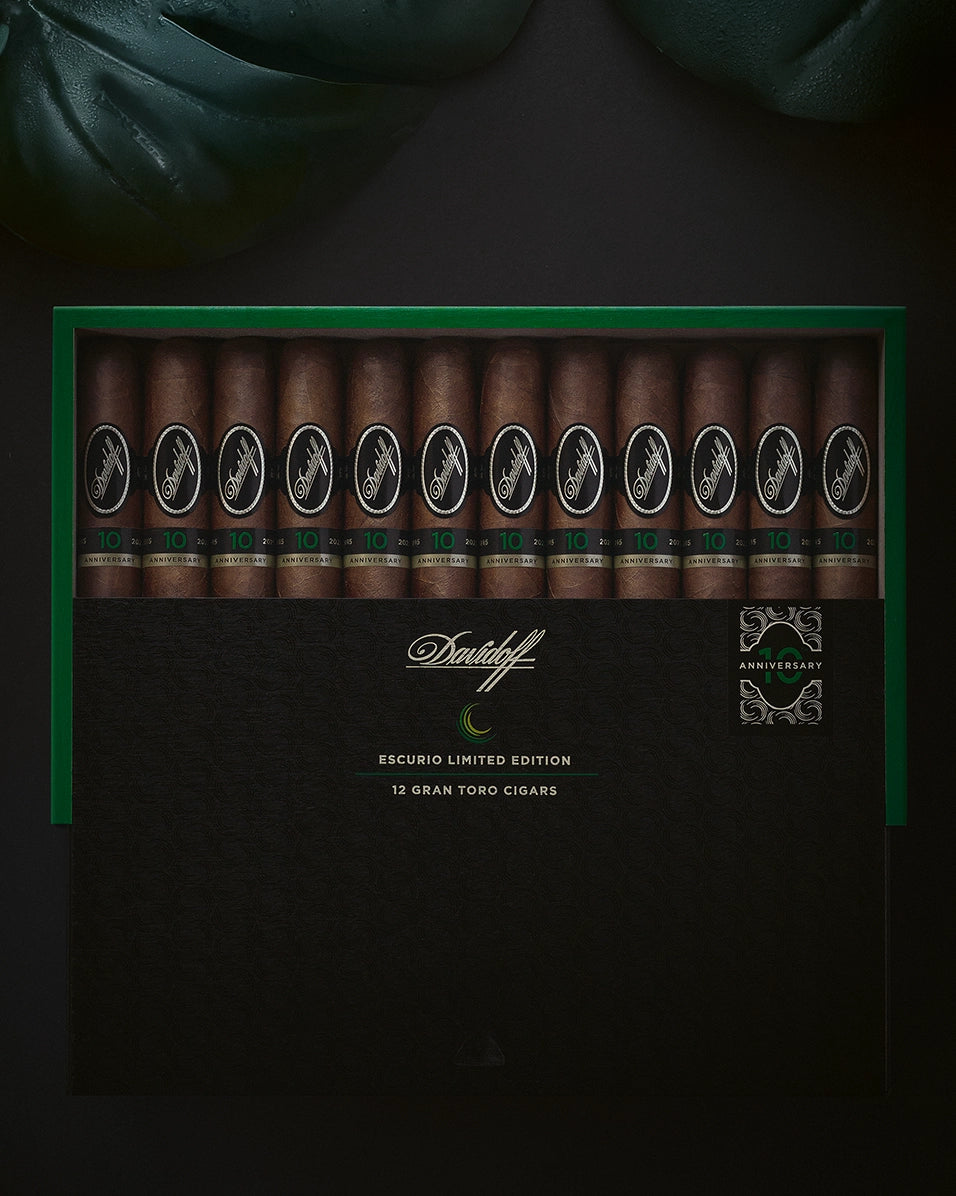
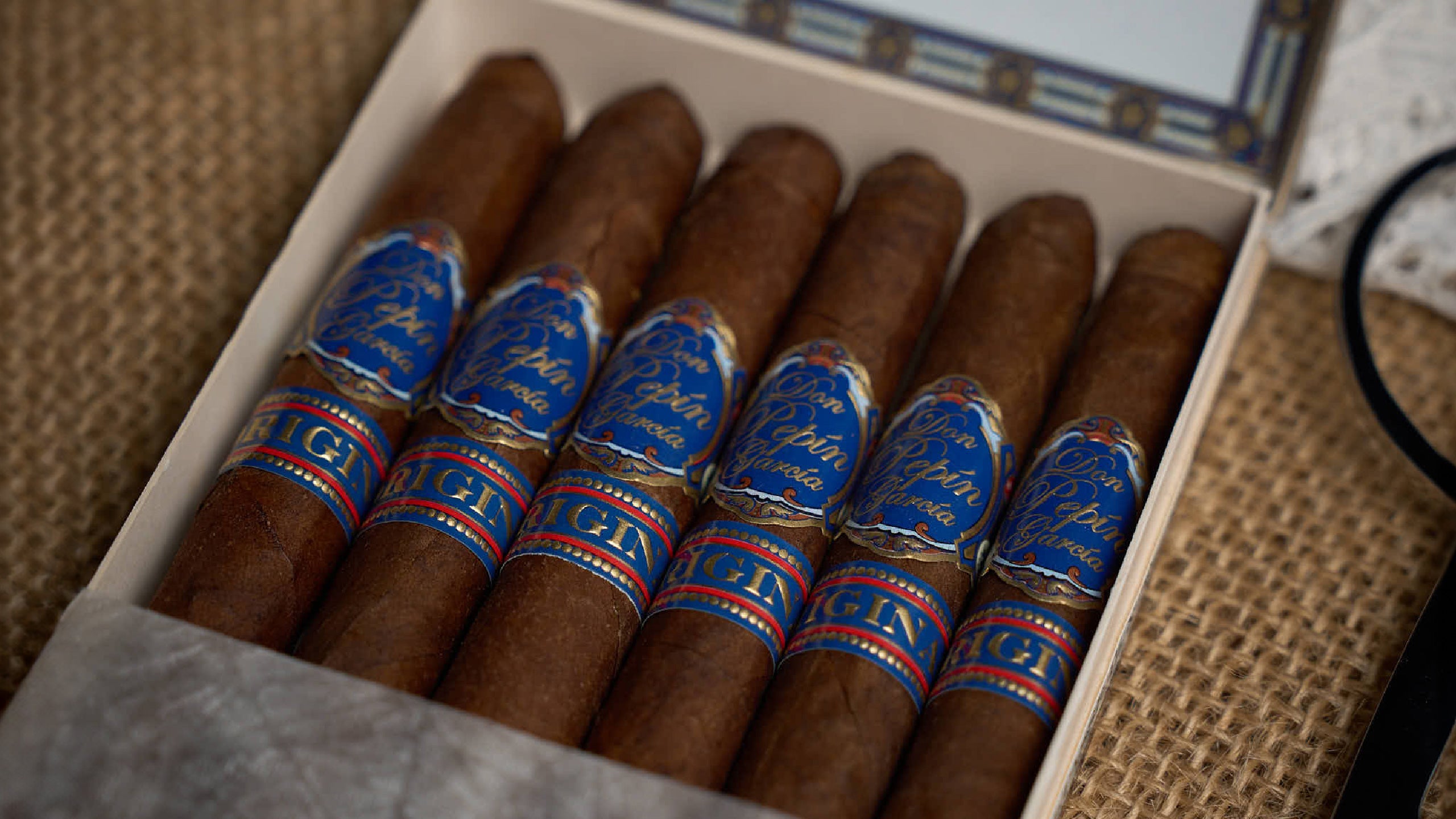
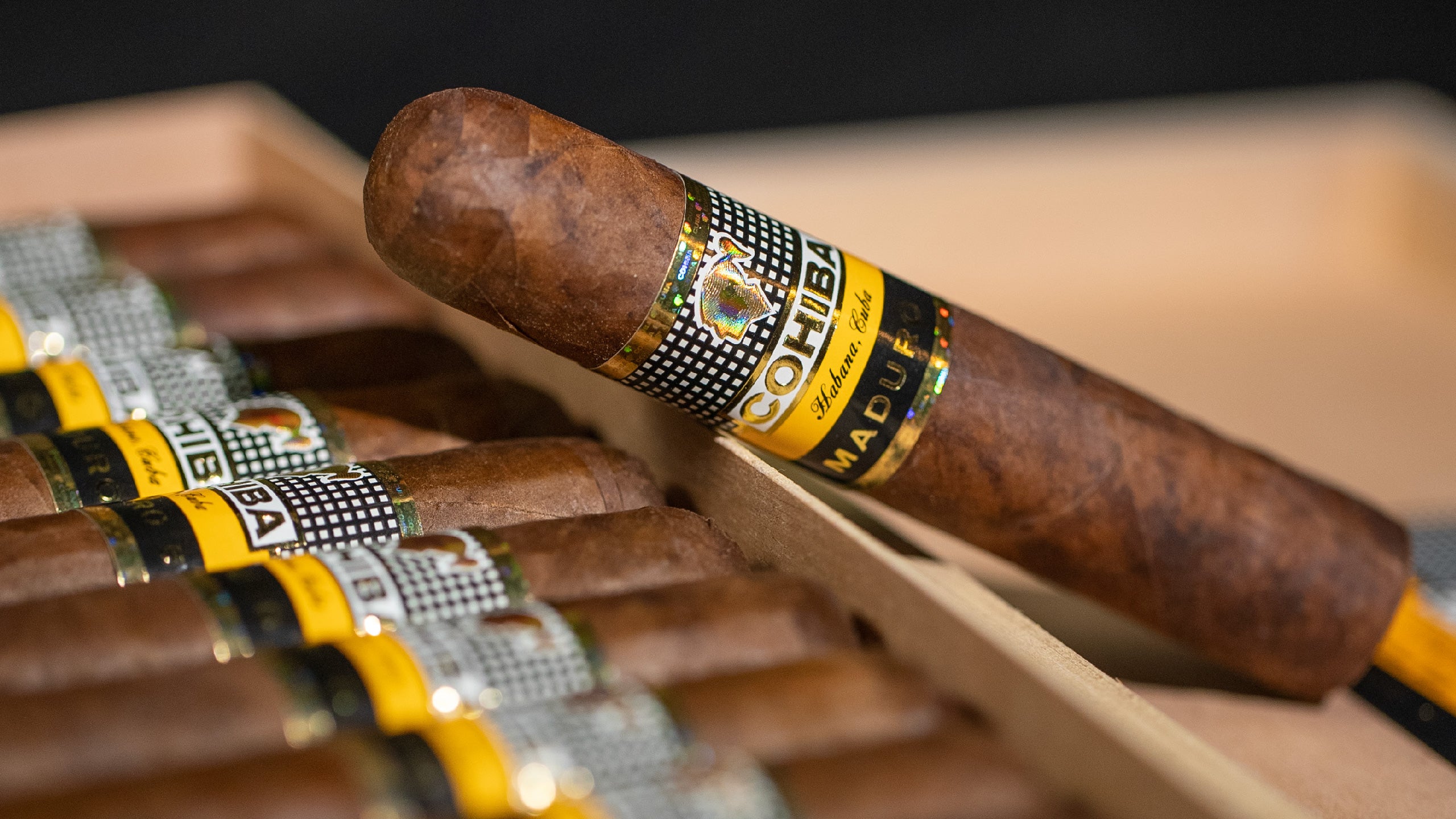
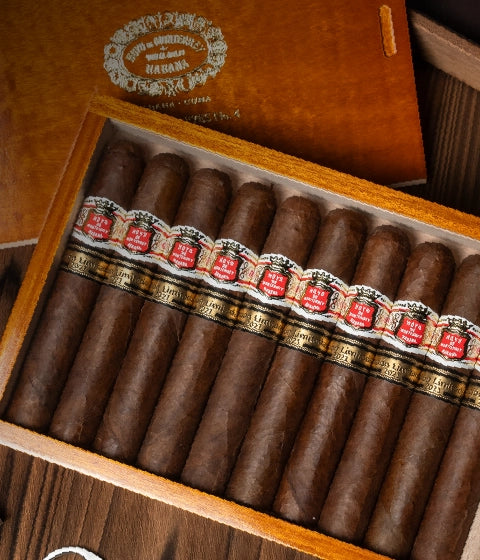
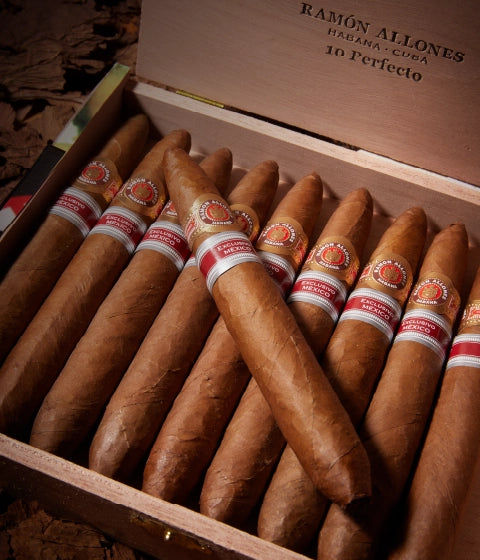
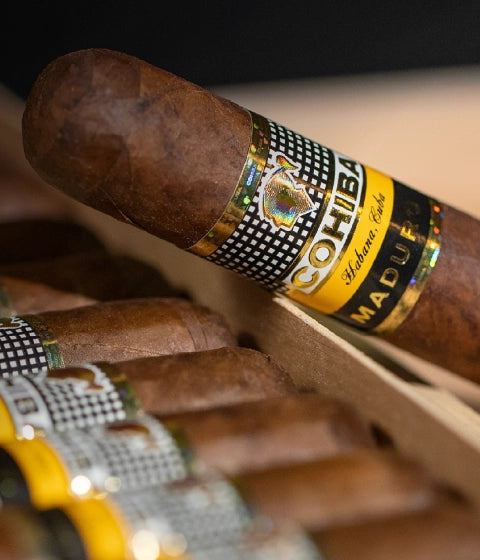
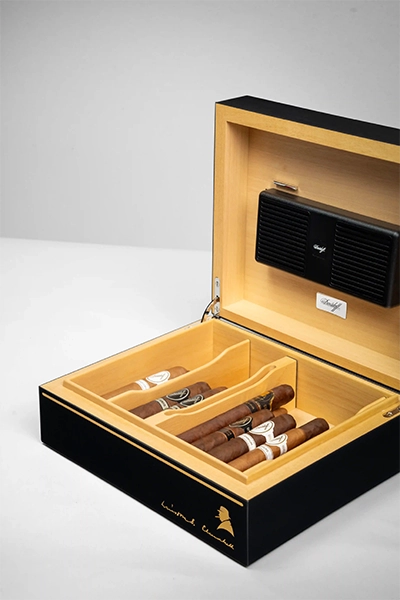
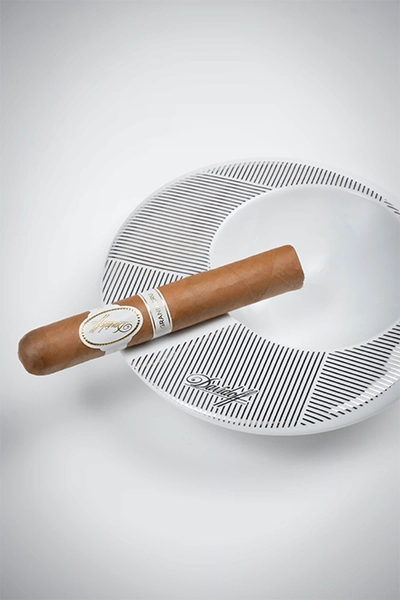
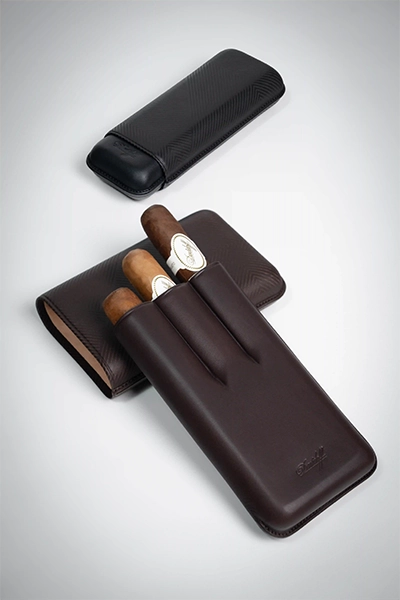
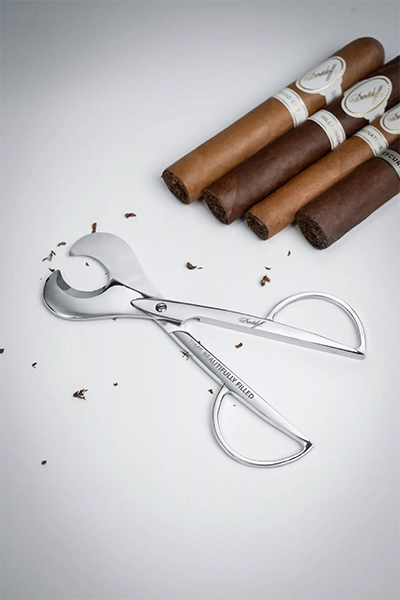
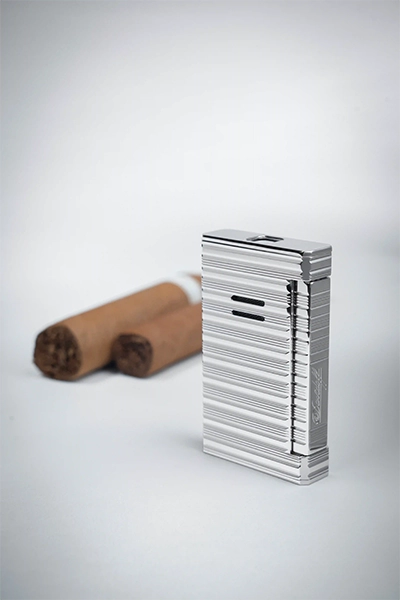

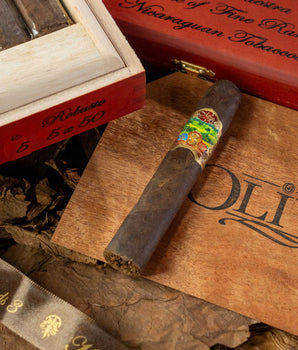
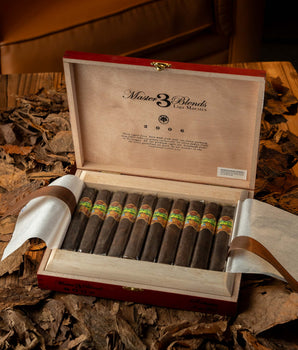
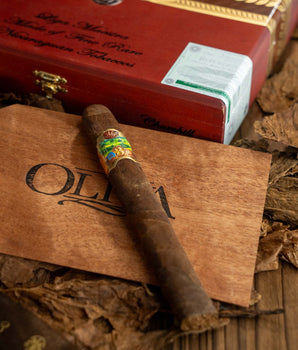
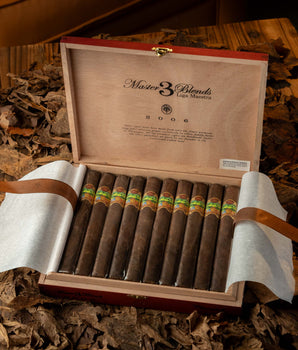
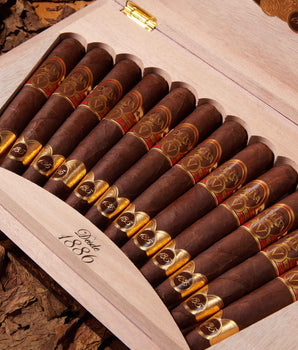
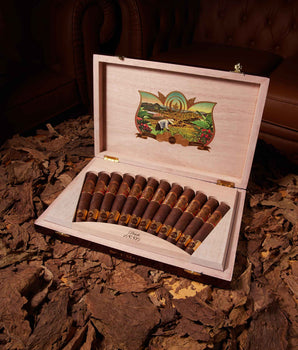
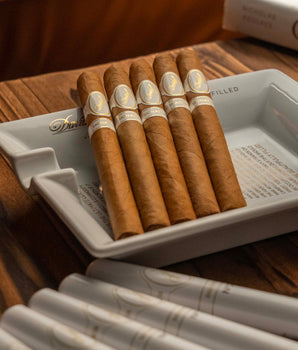
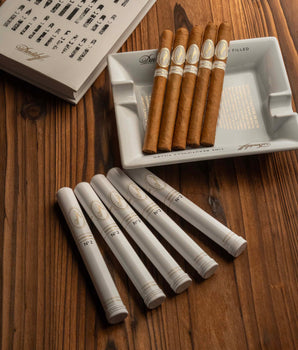


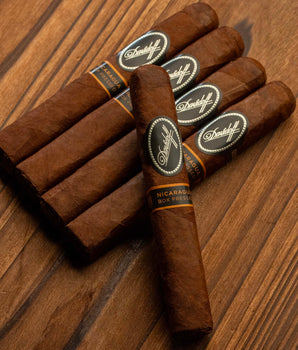
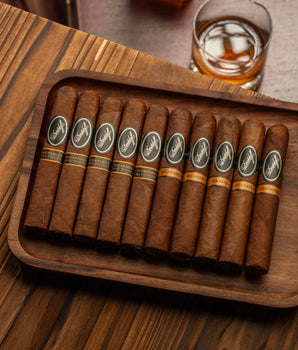

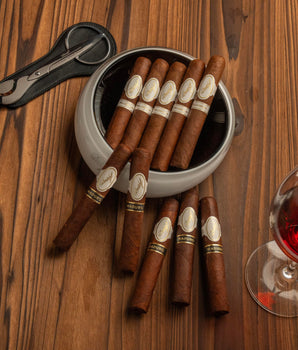
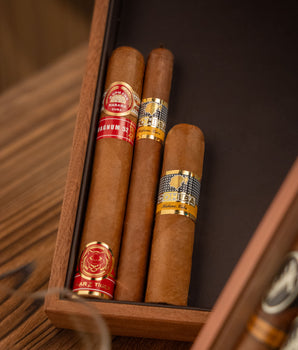
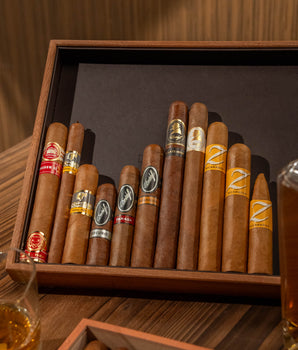
Always enjoy a fine rolled Cuban. Any advice on how you hold a cigar as you enjoy the 45-90 minute experience? I’ve always been conscious of holding the cigar level or with the lit side down to avoid the oils being concentrated at the puffing side which gets bitter. Any thoughts.
I never find relighting a cigar the next day a good experience even after cutting off a centimeter from the burnt end. Any tips along those lines. Even the best cigar seems like bad leftovers.